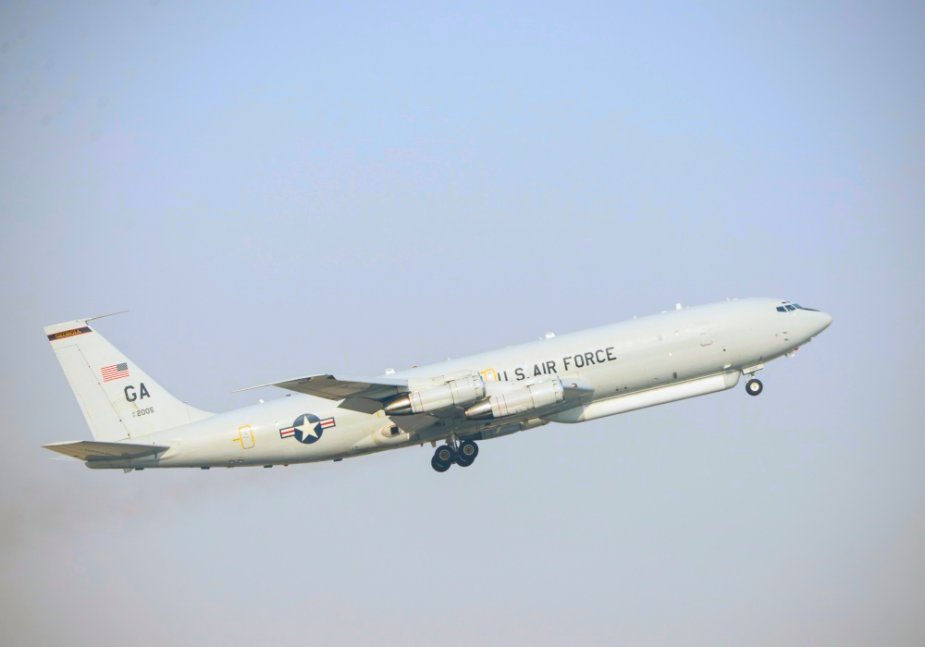Northrop Grumman Corporation has been awarded a $17.5 million contract for a fifth generation upgrade to the central computers on 16 aircraft in the E-8C Joint Surveillance Target Attack Radar System (Joint STARS) fleet. This effort serves as a low-risk pathfinder for the U.S. Air Force to continue to enhance fleet capability while it develops the follow-on Advanced Battle Management System.
 An E-8C Joint Surveillance Target Attack Radar System aircraft takes to the sky over Al Udeid, Air Base, Qatar, on the morning of Aug. 4, 2017
An E-8C Joint Surveillance Target Attack Radar System aircraft takes to the sky over Al Udeid, Air Base, Qatar, on the morning of Aug. 4, 2017
(Credit: U.S. Air National Guard/Tech. Sgt. Bradly A. Schneider/Released)
“Our latest central computer replacement program upgrades the current computers with powerful, advanced technology running Linux - delivering a quantum leap forward to the mission system. Our goal is to continue to rapidly deliver new capability to our combatant commanders to ensure that Joint STARS always provides our warfighters with information dominance for decision superiority,” said Jane Bishop, vice president, manned airborne surveillance programs, Northrop Grumman.
“This upgrade is a win for the necessary investment to modernize the E-8C fleet. Central computer fielding will improve mission system performance and ultimately improve warfighter battlefield advantage,” said Col. David Menke, Senior Materiel Leader, C2ISR Division, Digital Directorate, Air Force Life Cycle Management Center, U.S. Air Force.
Joint STARS offers battlefield commanders real-time situational information while simultaneously transmitting target locations to aircraft and ground strike forces. Joint STARS is an all-weather, long-range, real-time, wide area surveillance and battle management and command and control weapon system in the world.
“Northrop Grumman’s battle management command and control team continues to leverage its 33 years of experience in this mission domain and strong partnership with the Air Force to deliver new battle management capabilities to meet evolving operational warfighter demands,” Bishop added. “Our partnership has enabled us to rapidly add more than 25 new capabilities in just the past 15 years.”
Joint STARS has flown in every major U.S. combat operation since Desert Storm in 1991, though the first production Joint STARS aircraft was not delivered until 1996. Northrop Grumman delivered its final E-8C production aircraft in 2005.
The first computer replacement program was completed 2001. At that time, Northrop Grumman engineers incorporated commercially available off-the-shelf technology into the weapon system. This innovative effort reduced weight significantly to save fuel cost and added more mission processing capability in an affordable way.
The fleet has been operating at surge levels since 2011 and has flown more than 130,000 combat hours since 9/11 supporting operations globally, including Operation Inherent Resolve over Iraq and Syria.
















